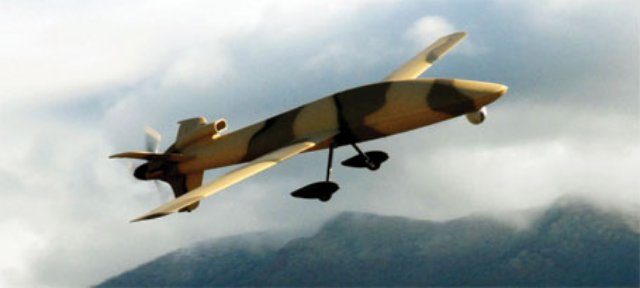 Northrop Grumman announced that it has signed up the first customer for its Sandstorm/Longshot training system for unmanned aircraft systems.
Northrop Grumman announced that it has signed up the first customer for its Sandstorm/Longshot training system for unmanned aircraft systems.
“The customer was so enthused by the sale, they’ve asked for more already,” Karl Purdy, the company’s new UAS programmes manager, said at the Interservice/Industry Training, Simulation and Education conference. He declined to disclose the customer’s name.
Sandstorm/Longshot is offered on a fee-for-service basis, where Northrop Grumman provides un unmanned aircraft, instruction, maintenance, and a safety pilot trained to monitor flights and take control of the plane to prevent crashes. It can simulate the General Atomics MQ-9 Reaper and MQ-1 Predator. The contractor is looking into expanding the system for the Shadow and Hunter.
The UAS that student pilots control is less expensive to fly than Reapers or Predators, company literature states. Students can book time to control the aircraft from any computer with a high-speed connection. They are not required to be near the airport where the UAS is located. Northrop Grumman says its UAS can go on 100 flights for the price of one Predator sortie.
The system is designed to improve pilots’ takeoff and landing skills. In November, a Washington Post report reviewed Air Force investigations on UAS mishaps at overseas civilian airports, highlighting pilot error as one of the major causes of the crashes.
Northrop Grumman believes that incorporating Sandstorm/Longshot into existing training could save the Air Force $75 million a year when compared to the cost of flying Reapers, Predators, or other simulators.
Using Sandstorm/Longshot could help clear a backlog for training Air Force pilots, which is caused by a shortage of simulators. Although adding the system would be an additional cost, it could increase throughput by 25 percent, Purdy said. Pilots can logon, book flying time and be operating the aircraft with 15 minutes, company literature said.
The system is not yet certified as simulator for military use, but last month Northrop Grumman met with Air Combat Command staff. The contractor has proposed splitting a class of students into two groups, with half of students spending two weeks doing normal training and the other half doing training with Sandstorm/Longshot, Purdy said.
“We’ve flown the aircraft now 250 hours; not a single mishap,” Purdy said. “No other UAS can claim in the first 250 hours that they didn’t have a mishap except for Global Hawk.”
Trainees can operate the aircraft from anywhere in the United States, he continued. Northrop Grumman intends to do a demonstration next February or March with student pilots flying the aircraft from Great Britain.
Source: National Defense Magazine
